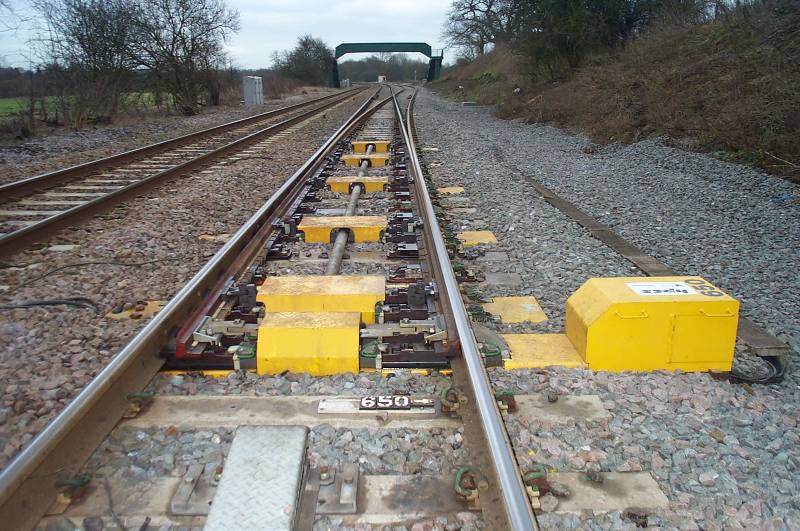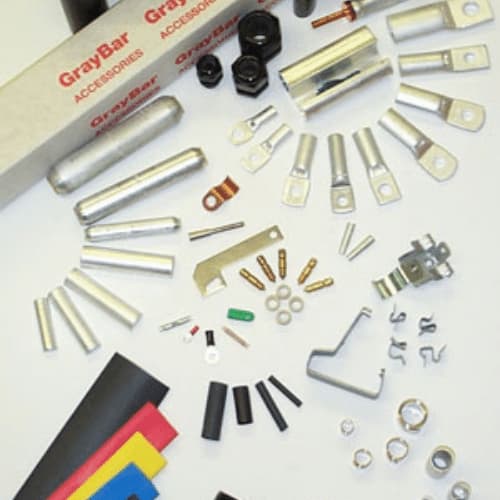The severity of the winter weather conditions in the UK varies geographically and from year to year. To provide point heaters that will perform satisfactorily under even the most exceptional conditions would require large quantities of heat and therefore increase in capital and running costs.
With the rise in passenger numbers and claims by train operators against the infrastructure companies for frozen points, it has become cost effective to heat all points. This cost will be further reduced when point heating is installed during infrastructure upgrade and maintenance.
An effective electric points heating installation should operate in light wind down to an ambient temperature of - 25°C and against a precipitation rate of up to 150mm/hour at a maximum ambient temperature rate of 2°C per hour on a falling scale, to ensure that:
(a) Under frost or freezing rain conditions the switch rail does not freeze to the stock rail or the slide base plate.
(b) Under snow or hailstone conditions, accumulation on the slide base plate or between the switch and stock rails causing the improper closure of points is prevented.
At locations where drifting snow could substantially reduce the effectiveness of a points heating installation, suitable snow fences should, where reasonably practicable, be erected.



